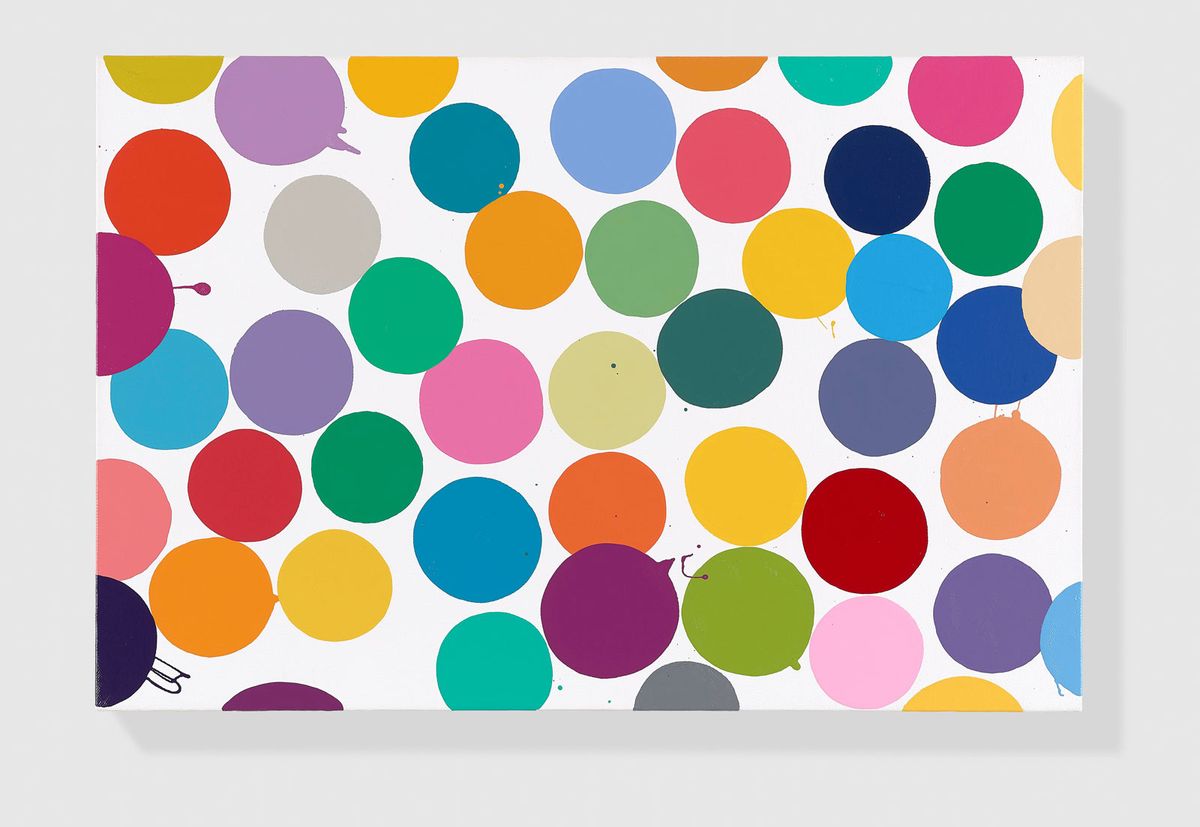A new exhibition of Damien Hirst's works is due to come to Norfolk this March.
Damien Hirst at Houghton Hall: Colour Space Paintings and Outdoor Sculptures (25 March – 15 July) will feature brand-new paintings that are a development on the artist’s famous Spot Paintings of the 1980s and 90s.
The contemporary works are looser and more organic in appearance than the mechanical nature of the original Spot Paintings. They have been described by Ann Gallagher, the director of collections of British Art at Tate, as: “encompass[ing] a midpoint between the systematic and the painterly, the rational and the expressive in his work.”
The new works were produced by the artist’s team of assistants in Devon, London and Gloucestershire, some painters averaging around 1,500 spots a day.

Houghton Hall in Norfolk Damien Hirst and Science Ltd
Hirst's pieces contrast a great deal with the Palladian architecture of Houghton Hall in Norfolk, where the exhibition will take place. The new Colour Space paintings are in the country house’s State Rooms, and there will be a display of six of the artist’s previous sculptures on display outside. Some of the sculptures on show include the celebrated Virgin Mother (2005-2006) and Charity (2002-2003).
The exhibition, organised by Mario Codognato, forms part of the visual arts programme of Norfolk & Norwich Festival 2018.
“We are delighted to have this opportunity to show Damien Hirst’s new paintings,” says Lord Cholmondeley, the owner of the estate. “It is perhaps the first time that Hirst has shown a significant body of work in a formal country house setting.”
It is not the first time that work by contemporary artists has been displayed at Houghton. The house, built for Britain’s first prime minister in the 1700s, has a history of featuring Old Masters paintings from Rembrandt to contemporary art by, amongst others, Turner Prize winners Rachel Whiteread and Sir Richard Long.
The exhibition will coincide with the release of the first volume of a new series of books called Damien Hirst: The Complete Works, published by Heni Publishing. The first book is called Colour Space.


